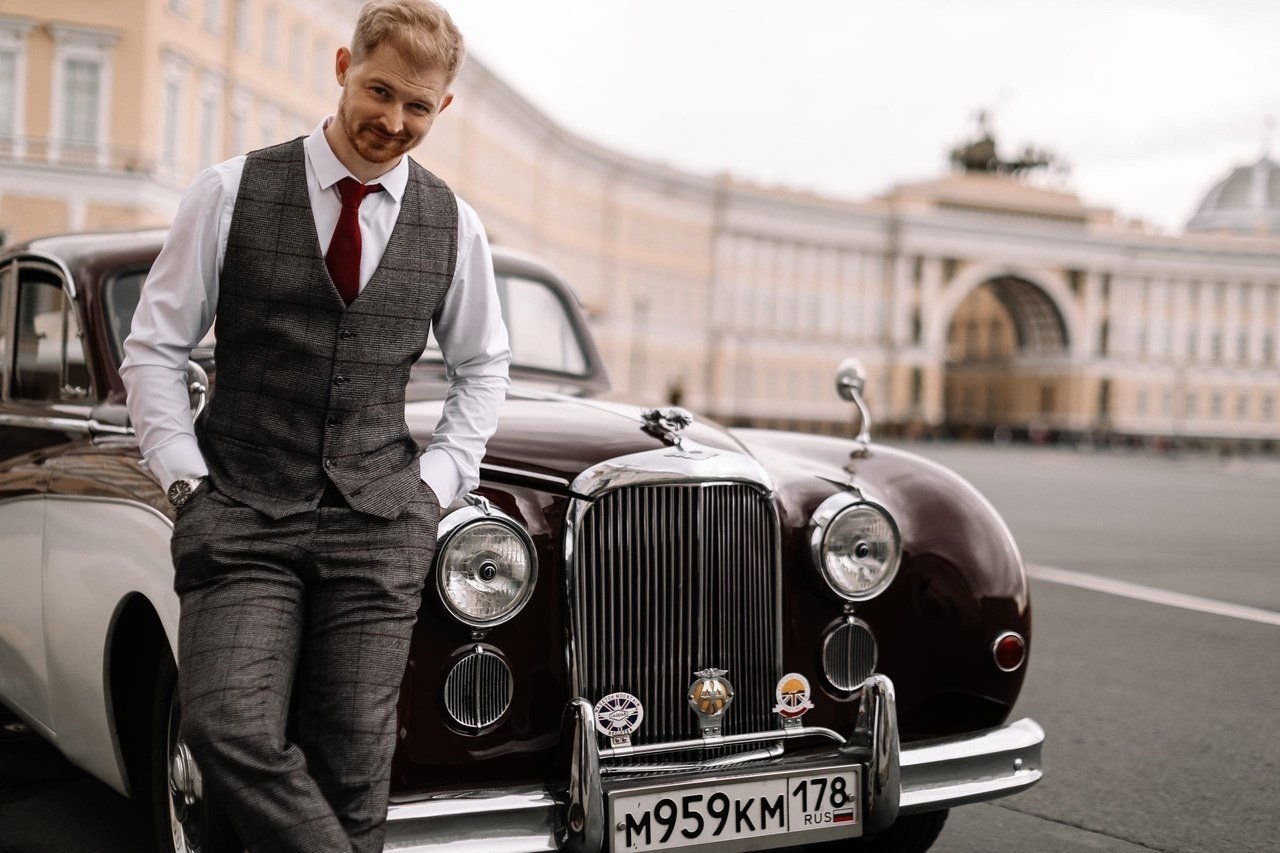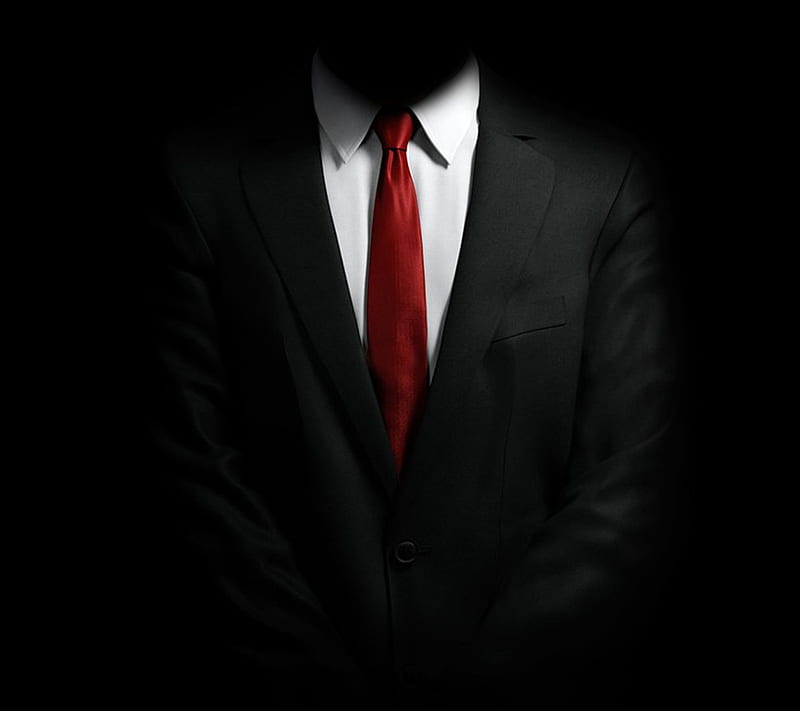Until the Second World War, the average man was guided in matters of fashion by the upper class, whose representatives were serious about the regulations of the appearance corresponding to their position, and could satisfy their refined tastes with the help of experienced tailors.
After the war, a lot has changed due to the rise of the middle class, youth pop culture and relaxed social standards, which led us to fashion free for all. Youth and sexuality have taken the place of maturity and sophistication, which were previously in the aesthetic focus. This shift caused significant damage to classic formal wear, and with it the understanding of what is traditional and acceptable in principle.
No wonder so many young people today crave something more than the fast food, casual wear, and concessionary manners encouraged by the revolution’s counterculture. Most of them have sufficient knowledge of the formal traditions of good society to realize that they face many ritual and formal occasions in life that require them to dress in a particular way.
The avant-garde costume variations offered by the catwalk every season are focused on feeding Hollywood red carpets and fashion magazines. It’s fine for a prom or youth wedding or informal party, but it certainly won’t stand up to scrutiny in a classic assembly society, charity ball, or funeral where Black Tie is the proper dress code.

A mature understanding of the formal dress code called Black Tie comes with an understanding of the rich tapestry of traditions that are hidden under the obvious components of a tuxedo. Therefore, the material you are about to read answers not only the question “what” a gentleman should wear, but also the question “who” he should be and “where and when” it is appropriate.
Black Tie and White Tie – evening wear
White Tie/White Bow Tie and Black Tie/Black Bow Tie are two categories of classic suit that are customary to wear to celebrations scheduled for the evening hours. The age-old tradition in social circles of dressing up for dinner after a day on horseback or in the city, with the advent of automobiles, is being replaced by the aesthetic desire of gentlemen to look neat and as attractive as possible during social gatherings.
Until the Second World War, a tuxedo and a tailcoat were considered exclusively attire for evening communication. After the war, a business suit, then known as a lounge suit, became acceptable in an informal setting, regardless of the time of day. A gentleman in a tuxedo or tailcoat should not appear in society during the daytime!
The most common decision about what hours to count in the evening is considered to be the 18 o’clock mark. Therefore, until now, wearing an evening dress in public places is not encouraged.
In cases where a person is on the way to the venue of an evening event, he may appear in a tuxedo during the day, for example, in transport. In other cases, wearing a tuxedo or tailcoat during the daytime is a prescription for waiters, footmen and porters.
Proper use of evening wear has remained in the habits of a privileged minority, who are present at ceremonial occasions often enough to display the formal suit as an integral part of the men’s wardrobe, and not as a rented rarity.
Age Appropriate Black Tie and White Tie
Traditionally, tuxedos and tailcoats are considered unsuitable for children. According to the 1967 Encyclopedia of Etiquette, boys don’t wear tuxedos until they’re 15, but tails until they’re 18. The only time younger children should look like their adult counterparts when attending a formal event is at a wedding. In the end, it all comes down to a rule of thumb: if a boy is too young to tie his own bow tie, then he is too young to wear one.
Reasons to wear Black Tie or White Tie
Throughout the Victorian and Edwardian eras, tailcoats were the order of every evening attended by ladies. The event could only be a dinner in your own house. At that time, the recently invented tuxedo was considered to be clothes worthy only of the youngster’s informal outings. During the interwar period, the tuxedo supplanted the tailcoat, and the white bow tie began to accompany very solemn events such as balls, formal dinners, or opera premieres.

After the upheaval of the social standards of the Second World War, the rules for wearing formal clothes became even more subjective. The tuxedo was now only associated with special occasions such as dinner parties, theatrical openings, weddings and some other traditions that had dwindled due to the countercultural movement of the sixties and seventies.
Consumer chic yuppies brought back the idea of the aesthetics of evening receptions in the established atmosphere of the universal customs of the 80s, but already in the context of differences dictated by geographical regions and the socio-economic status of circles. Thus, today in the US alone there may be obvious differences between formal wear in the east and in the west of the country. Not to mention, in each of these regions, the differences between high-end galas and cosmopolitan balls will be stark compared to middle-class weddings and suburban proms.
Consequently, most formal events announce the black tie/white tie dress format already in the invitation or in other forms instructing the guest. In order to fully enjoy your tuxedo without feeling overdressed, you should familiarize yourself with the customs of the place you are going to beforehand. However, there remain a few unchanging instances where evening dress is expected or at least welcomed.
